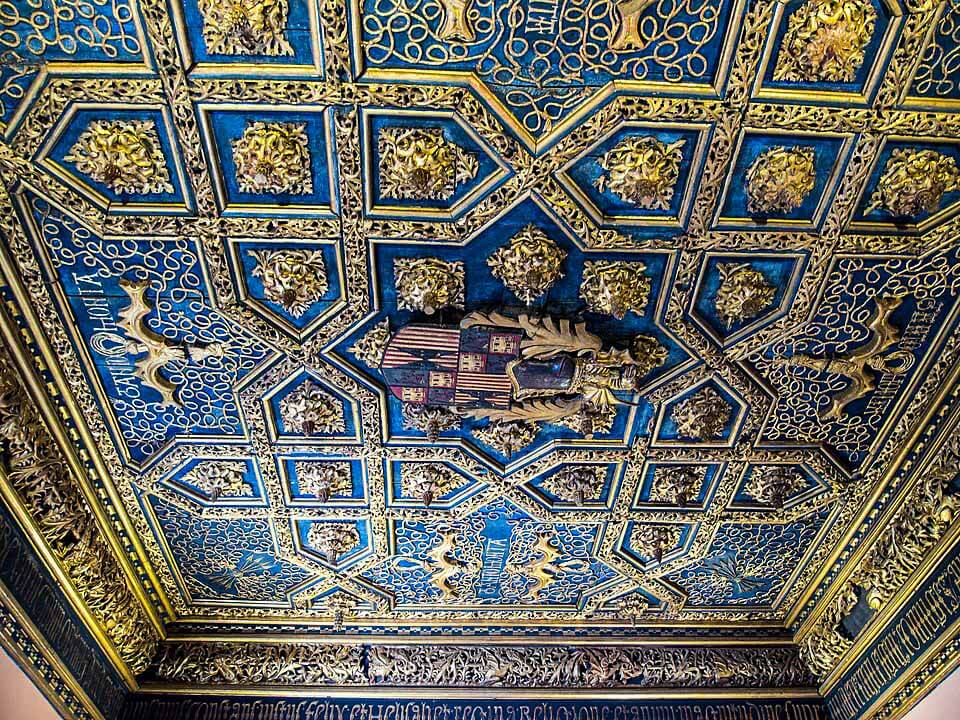Zaragoza, Spain
Coordinates: 41.656472, -0.896750
If you want to see a Arabic Palace in Zaragoza, make sure to visit the The Aljafería Palace.
It is a fortified medieval palace built during the second half of the 11th century in the Taifa of Zaragoza in Al-Andalus, present day Zaragoza, Aragon, Spain.
It was the residence of the Banu Hud dynasty during the era of Abu Jaffar Al-Muqtadir.
The palace reflects the splendour attained by the Taifa of Zaragoza at the height of its grandeur.
It currently contains the Cortes (regional parliament) of the autonomous community of Aragon.
The structure holds unique importance in that it is the only conserved testimony of a large building of Spanish Islamic architecture of the era of the Taifas (independent islamic kingdoms).
The Aljaferia, along with the Mosque–Cathedral of Córdoba and the Alhambra are the three best examples of Hispano-Muslim architecture and have special legal protection.
In 2001, the original restored structures of the Aljafería were included in the Mudéjar (muslims of al-Andalus) Architecture of Aragon, a World Heritage Site.
The Arabic and Islamic influences are everywhere, from the arches and geometric patterns to the latticework. The gardens are breathtaking as well.
Though empty of any furnishings, you can almost imagine The Sultan himself there in te year 1065 – he called it Qasr al-Surur” (Palace of the Joy) and to see the throne room which he presided over receptions is just amazing.
After the Conquest of Zaragoza
After the conquest of Zaragoza in 1118 by Alfonso I of Aragón, it became the residence of the Christian kings of the Kingdom of Aragón.
It was used as a royal residence by Peter IV of Aragón (1319-1387) and later, on the main floor, the reform was carried out that converted these rooms into the palace of the Catholic Monarchs in 1492.
Mosque
There is a mosque decorated with blind mixtilineal arches linked and decorated throughout the surface with vegetable arabesques of Caliph’s inspiration.
These arches lean on columns topped with capitals of slender basket.
A slab of square marble slabs covers the bottom of the walls of the mosque.
The dome of the mosque was not preserved, because that is the height in which the palace of the Catholic Monarchs was built.






















